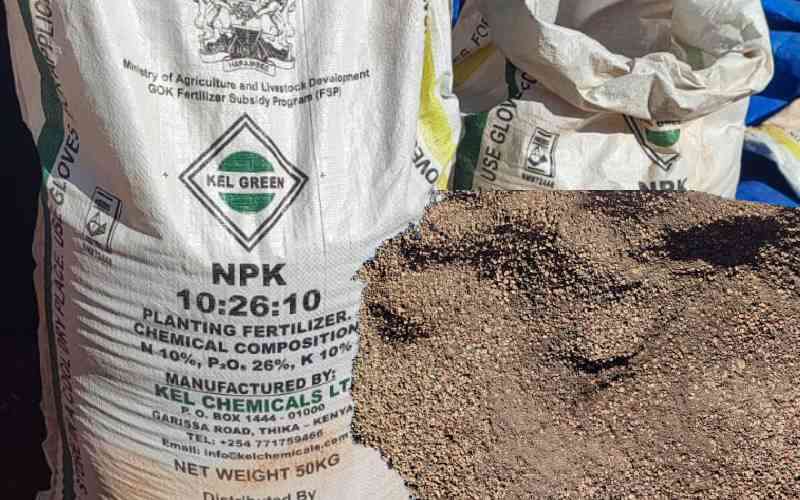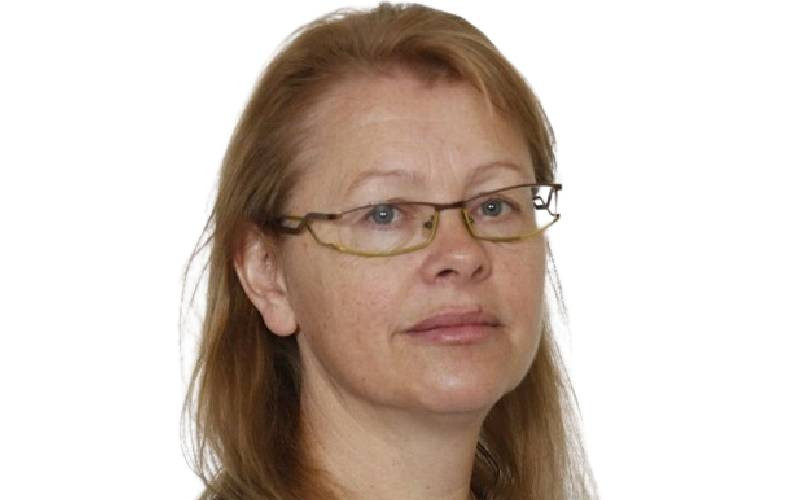South Eastern Kenya Economic Bloc (SEKEB) counties are known for their mangoes and incomes from mango farming contributes about 40 per cent of the farm household income in the region. Makueni County is a top mango producer with 1,469,625 mango trees grown by 28,696 farmers.
Despite mango’s potential contribution to economic and nutritional security for smallholder farmers, it has not been fully exploited due to challenges along the value chain. One major challenge is damage by fruit flies which has been reported to cause losses ranging from 40 to 80 per cent of the crop, depending on the locality, season and the variety. The impact of the fruit fly has led to increased cost of production, low quality fruits, high post-harvest losses and an export self-ban by the Government of Kenya to lucrative markets since fruit flies are classified as quarantine pests.
But now, after a six-year ban, mango exports to Europe, the US and other key markets are set to resume following measures being put in place by the regulator, Kenya Plant Health Inspectorate Service (Kephis) supported by Mango Technical Working Group (TWG) to address the issues that led to the 2014 ban. For starters, in 2014, several consignments of unprocessed mangoes were intercepted in EU due to presence of fruit flies.
A survey presented at the 2nd International Phytosanitary Conference held in June, 2018 at the Kephis headquarters in Nairobi to ascertain the quality of mangoes exported from Kenya three years after the EU ban, found that in Makueni County 25 per cent of farms had fruit flies (Bactrocera dorsalis). At the point of exit, three per cent of samples were found to be infested with mango seed weevil and 0.1 per cent with fruit flies. The survey, titled Quality of Mangoes Exported from Kenya and Strategies for Compliance to International Market Requirements, was presented by Augustus Kivi, a Plant Health Officer at the National Plant Protection Organization (NPPO).
Mango producers have suffered from the reduced sales, incomes and return on agricultural investments that, in turn, negatively impacts their livelihoods and food security. For the food-based processing organisations, post-harvest losses (PHL) reduce their sourcing stability and supply chain management efficiency. It also reduces their profitability and returns on investments while increasing their waste management costs. The end consumers are not spared either, as they cannot access affordable and safe food that is sustainably produced in an environmentally friendly way.
It is in recognition of these challenge and opportunities that a TWG and interested stakeholders from the agriculture sector including mango farmers, traders, researchers, innovators, policymakers, development partners, government departments and private sector actors/investors came together to address the economic implications of mango fruit fly menace. TWG comprises Makueni County Government, Kephis, Rockefeller Foundation, TechnoServe, USAID/KCDMS and UNIDO.
A campaign to create a Pest Free Area (PFA) has been launched in Makueni to stimulate good agricultural practices, improve production and quality of mangoes, reduced post-harvest losses and thereby lifting of the export ban by Kephis to lucrative markets and increase incomes for farmers. The campaign, dubbed Komesha: Zuia Fruit Fly Ufaidike, will sensitise and create awareness on economic benefits of applying modern pest management technologies to curb fruit fly damage. Its success will mean a PFA that will lead to reduced post-harvest losses as a result of fruit fly damage by 50 per cent and improved quality and food safety of mango products.
It will be implemented in Makueni and Kitui counties by Kenya Crops and Dairy Market Systems Activity, a five-year programme of the United States Agency for International Development (USAID). It is funded as part of Feed the Future, the US Government’s global hunger, and food security initiative that helps to increase agricultural production and reduce poverty and malnutrition in Kenya. The campaign, which will last for two years, is expected to lead to increased export market share for mangoes by 30 per cent in the first year by addressing the market compliance.
The campaign couldn’t have come at a better time. Export and value-addition opportunities in horticulture, although growing, are currently reaching only a fraction of the country’s smallholder farmers. To address these challenges and improve the overall agricultural landscape in Kenya for horticulture and dairy, KCDMS works to support five priority areas: competitive, inclusive and resilient agricultural market system; diverse agricultural production and improved productivity; an improved policy environment for market systems development; integration of women and youth into agricultural market systems; and collaborative action and learning for market systems change and technology adoption.
By implementing this campaign, the production and quality of the mango fruit is expected to improve production, food safety and thereby stimulate export which will eventually lead to increased incomes for mango farmers and other value chain actors.
- The writer is the Director, Kenya Crops and Dairy Market Systems
 The Standard Group Plc is a
multi-media organization with investments in media platforms spanning newspaper
print operations, television, radio broadcasting, digital and online services. The
Standard Group is recognized as a leading multi-media house in Kenya with a key
influence in matters of national and international interest.
The Standard Group Plc is a
multi-media organization with investments in media platforms spanning newspaper
print operations, television, radio broadcasting, digital and online services. The
Standard Group is recognized as a leading multi-media house in Kenya with a key
influence in matters of national and international interest.
 The Standard Group Plc is a
multi-media organization with investments in media platforms spanning newspaper
print operations, television, radio broadcasting, digital and online services. The
Standard Group is recognized as a leading multi-media house in Kenya with a key
influence in matters of national and international interest.
The Standard Group Plc is a
multi-media organization with investments in media platforms spanning newspaper
print operations, television, radio broadcasting, digital and online services. The
Standard Group is recognized as a leading multi-media house in Kenya with a key
influence in matters of national and international interest.








